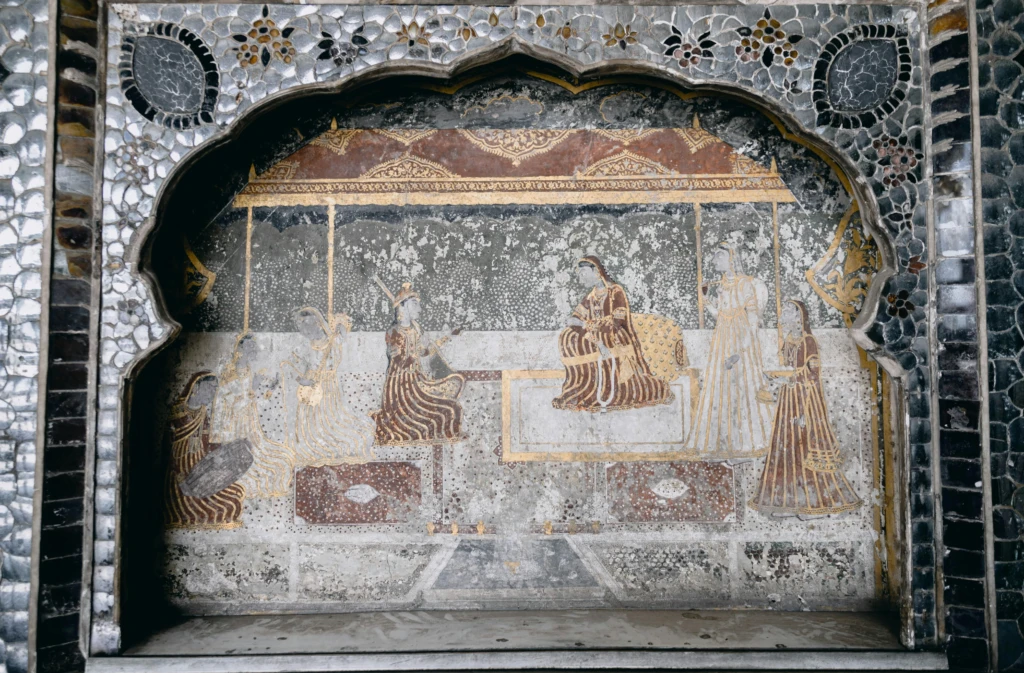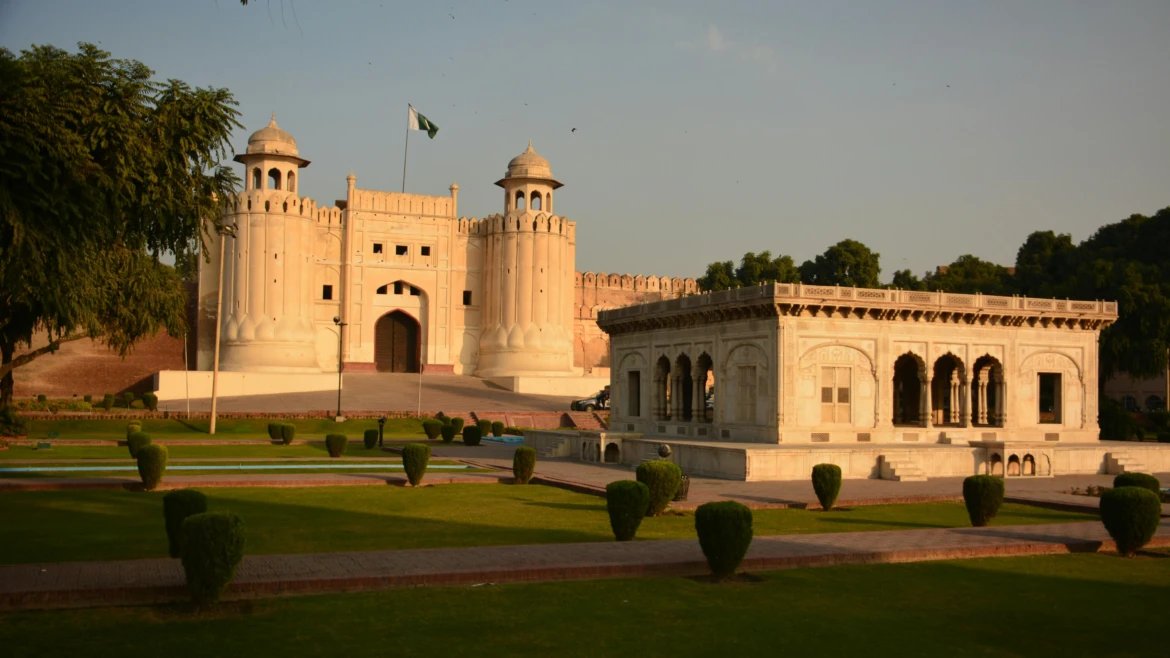The Lahore Fort, an awe-inspiring citadel located in the heart of Lahore, Pakistan, stands as a majestic testament to the grandeur and architectural brilliance of the Mughal Empire. Commonly referred to as “Shahi Qila,” this UNESCO World Heritage Site is not only an architectural masterpiece but also a living chronicle of South Asian history. Whether you’re a history enthusiast, a travel lover, or an architecture admirer, the Lahore Fort promises a captivating journey into the past.
The Historical Significance of Lahore Fort
The origins of the Lahore Fort date back to antiquity, though its present structure was largely shaped by the Mughals. The fort was reconstructed in the 17th century by Emperor Akbar in 1566 over the ruins of earlier structures believed to have existed since the Ghaznavid era (11th century).
Successive Mughal emperors, including Jahangir, Shah Jahan, and Aurangzeb, added various elements to the fort, making it a rich tapestry of architectural evolution. It remained a royal residence for centuries and later saw occupation by the Sikh Empire under Maharaja Ranjit Singh and then the British colonial administration.
(https://walledcitylahore.gop.pk/lahore-fort/)
Location: Where Heritage Meets Urban Life
Strategically located at the northern end of Lahore’s Walled City, the Lahore Fort stands adjacent to another cultural gem: the Badshahi Mosque. Its location not only enhances its historical ambiance but also makes it easily accessible for tourists and locals alike. The fort serves as a visual and cultural gateway to the past amid the modern hustle and bustle of Pakistan’s second-largest city.
Architectural Brilliance of Lahore Fort
Lahore Fort is a splendid amalgamation of Persian, Islamic, and Indian architectural influences. It covers an area of over 20 hectares and is divided into two main sections: the administrative area and the private residential area.
Noteworthy Structures within the Fort
1. Sheesh Mahal (Palace of Mirrors)
Commissioned by Shah Jahan, the Sheesh Mahal is famed for its intricate mirror work and stucco tracery. Its walls and ceilings are embedded with countless small, reflective mirrors that catch and scatter light beautifully.

2. Naulakha Pavilion
This white marble structure, costing approximately nine lakh (900,000) rupees at the time (hence the name), is another gem attributed to Shah Jahan. The pavilion was used as a place of rest and leisure and is a prime example of Mughal elegance.
3. Diwan-e-Aam and Diwan-e-Khas
These were the public and private audience halls respectively, where emperors held court. Their spacious design and decorative elements highlight the grandeur with which the Mughals governed.
4. Alamgiri Gate
Built by Aurangzeb, this imposing entrance faces the Badshahi Mosque and is a symbol of Mughal strength and authority. It is the main entrance used today and instantly impresses visitors with its grand scale.
Must-See Attractions and Features
- Moti Masjid (Pearl Mosque): A small yet elegant mosque built entirely of white marble.
- Picture Wall: A stunning 1,450-foot-long mural depicting scenes in glazed tiles, frescoes, and mosaic art.
- Summer Palace and Shahi Hammam: These illustrate the Mughal’s ingenuity in water management and luxury.
Interesting Facts About Lahore Fort
- The Lahore Fort has 21 monumental monuments within its boundaries.
- The fort once housed the famous Koh-i-Noor diamond before it was taken by the British.
- UNESCO designated it a World Heritage Site in 1981 due to its cultural and historical significance.
- It has underground tunnels, some of which are still unexplored.
Why Visit the Lahore Fort?
Visiting Lahore Fort is like stepping into a living museum. Every arch, every corridor, and every courtyard tells a story of conquests, royal lifestyles, and architectural brilliance. For tourists, it offers:
- A deep dive into South Asian and Mughal history
- Stunning backdrops for photography
- Proximity to other landmarks like Badshahi Mosque, Minar-e-Pakistan, and the Walled City
- Guided tours that enrich the experience with historical anecdotes and lesser-known facts
Government Preservation and Restoration Efforts
Over the years, the Government of Pakistan, in collaboration with UNESCO and the Aga Khan Trust for Culture, has taken significant steps to preserve the Lahore Fort. Major conservation projects have focused on restoring the Picture Wall, Sheesh Mahal, and other damaged structures.
Initiatives such as the “Walled City of Lahore Authority (WCLA)” have been instrumental in managing and promoting the fort as a tourist destination. Efforts include:
- Structural restoration using traditional materials
- Installing lighting for night-time visits
- Organizing cultural festivals and educational tours
Conclusion
The Lahore Fort is not just a historical monument; it’s a symbol of Pakistan’s rich cultural heritage. From its majestic gates to its dazzling Sheesh Mahal, every part of the fort echoes with tales of a bygone era. Whether you’re a first-time visitor or a seasoned traveler, the Lahore Fort offers an unforgettable journey through time.
So next time you’re in Lahore, don’t miss the chance to walk through the same halls where emperors once tread. The Lahore Fort awaits you with its timeless splendor and stories etched in stone.


